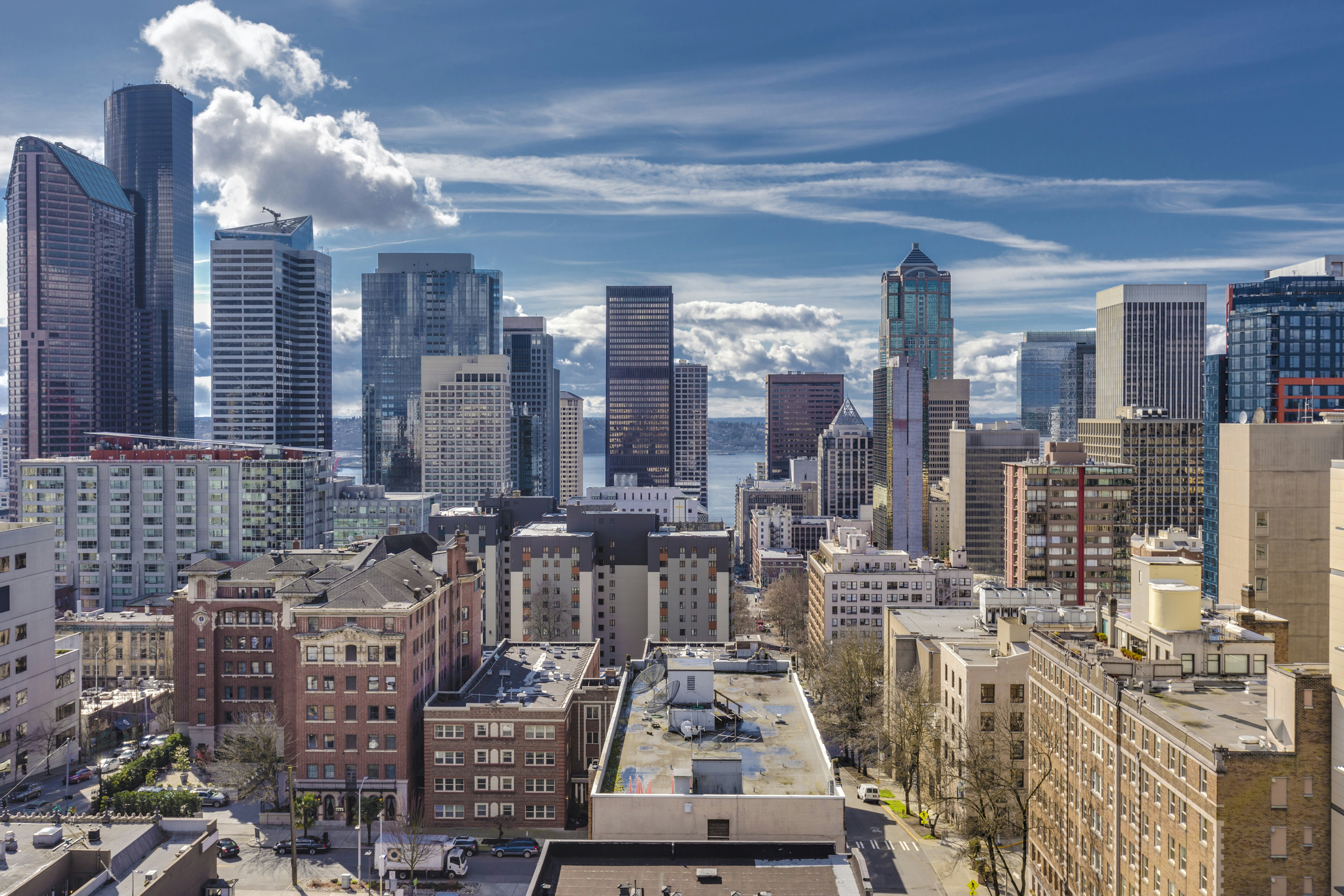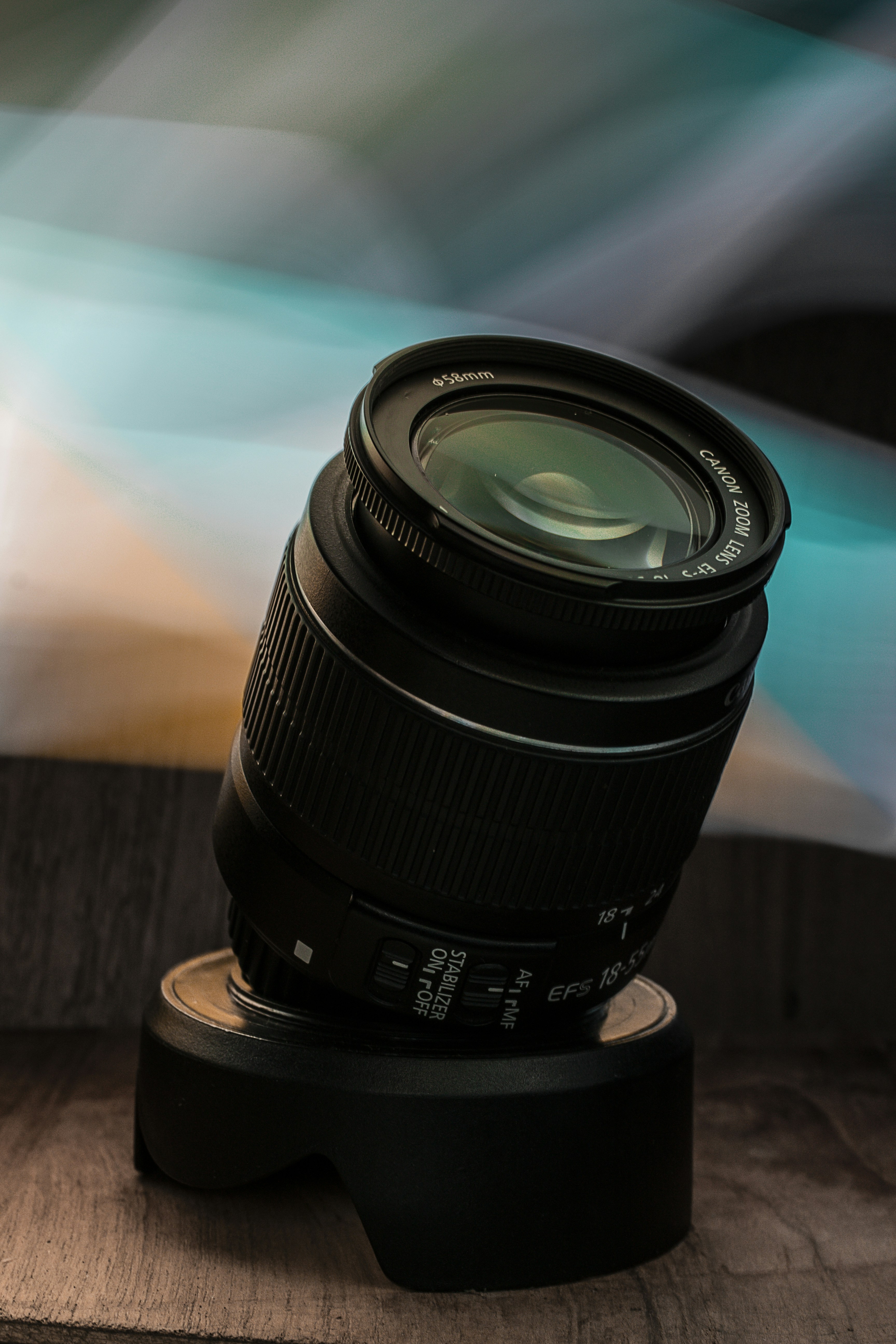Becoming a Professional Real Estate Photographer: Tips, Techniques, and Resources
December 22, 2023 | by therealtyphotographer.com
 Photo by Francesca Tosolini on Unsplash
Photo by Francesca Tosolini on Unsplash Introduction
Are you passionate about real estate and photography? Do you dream of becoming a professional real estate photographer? Look no further! Our website is dedicated to helping aspiring photographers like you achieve their goals and provide valuable resources to enhance your skills, knowledge, and results in the field of real estate photography.
Staging: Virtual or Real Furniture?
One crucial aspect of real estate photography is staging. Staging helps create a welcoming and appealing atmosphere in the property, making it more enticing to potential buyers. As a real estate photographer, you have the option to use virtual staging or real furniture to enhance the visual appeal of a space.
Virtual staging involves digitally adding furniture and decor to an empty room, giving it a furnished and lived-in look. This method is cost-effective and allows for greater flexibility in showcasing various styles and layouts. On the other hand, using real furniture provides a more authentic and tangible experience for potential buyers. It can be beneficial for capturing the true potential of the space and creating an emotional connection with viewers.
Photography Techniques and Tools
To excel in real estate photography, it’s essential to master various photography techniques and utilize the right tools. Understanding composition, lighting, and angles is crucial to capturing the best features of a property.
Wide-angle lenses are commonly used in real estate photography to capture a broader perspective of the space. They allow you to showcase the room’s size and layout effectively. Additionally, using a tripod ensures stability and reduces the risk of blurry images, especially in low-light environments.
Post-processing is another important aspect of real estate photography. Editing software, such as Adobe Lightroom or Photoshop, can help enhance the colors, remove distractions, and create a polished final product. It’s important to find a balance between enhancing the images and maintaining their natural look.
Equipment
Investing in the right equipment is crucial for professional real estate photography. While a high-quality camera is essential, other accessories can greatly improve your results. A wide-angle lens, as mentioned earlier, allows you to capture more of the room in a single shot. A sturdy tripod helps keep your camera steady, resulting in sharper images. Additionally, a remote shutter release can eliminate any camera shake caused by pressing the shutter button manually.
Getting Clients
Building a client base is essential for any professional photographer, and real estate photography is no exception. Here are a few tips to help you attract clients:
- Create an online portfolio showcasing your best work.
- Network with real estate agents, interior designers, and property developers.
- Offer competitive pricing and packages tailored to the needs of your clients.
- Utilize social media platforms to showcase your work and engage with potential clients.
Conclusion
Becoming a professional real estate photographer requires dedication, practice, and continuous learning. Our website aims to provide you with the necessary resources, advice, and inspiration to excel in this field. Whether it’s mastering photography techniques, understanding staging options, or attracting clients, we’re here to support you on your journey to becoming a successful real estate photographer.
RELATED POSTS
View all
